Algae of India, Volume 3: A Checklist of Indian Marine Algae: Excluding Diatoms and Dinoflagellates
From the preface: Biodiversity and its conservation strategies are the apex concern of scientists in recent decades. Thus, Botanical Survey of India has initiated to prepare the inventory of Indian algae at national level. Volumes 1 and 2 in this series has been published in 2012. The present book “Algae of India: a checklist, volume-3, deals with 212 taxa belonging to 46 genera, 19 families of Chlorophyta, 6 taxa belonging to 1 genus, 1 family of Xanthophyta, 211 taxa belonging to 50 genera, 13 families of Phaeophyta, 442 taxa belonging to 138 genera, 33 families of Rhodophyta and 148 taxa belonging to 48 genera, 12 families of cyanophyta. The primary purpose of this endeavor is to facilitate the taxonomy, diversity and identification of the various species of Indian marine algae, recorded from within the present territorial limits of the country.
Members of dinoflagellates and diatoms are not included in this book as being the major components of marine algal flora comprising of more than 2000 taxa approximately. A separate treatment will be followed to prepare a checklist of diatoms (Bacillariophyta) and dinoflagellates (Dinophyta).
India has a coastline of ca 7500 km, richin biological diversity. The floral resources of such habitats principally includes mostly macro-algae (also called as seaweeds) and other planktonic algae. The seaweeds are now-a-days a subject of interest for natural scientist as well as industrialists, for their utilities in agriculture, cosmetics and pharmaceutical industries. The industrially important gelatinizing agent, agar-agar is extracted from some seaweeds commonly found in Indian coasts. The extracts from these plants are also useful as biofertilizers and in isolation of several bioactive compounds. These plants are directly consumed by humans in countries like Japan, China, Thailand, Korea and UK. This book will be a source of all these economically important phyco-resources of India.
Contents: Foreword. Preface. 1. Chlorophyta. 2. Xanthophyta. 3. Phaeophyta. 4. Rhodophyta. 5. Cyanophyta. Bibliography. Index to botanical names.
Get it now and save 10%
BECOME A MEMBER

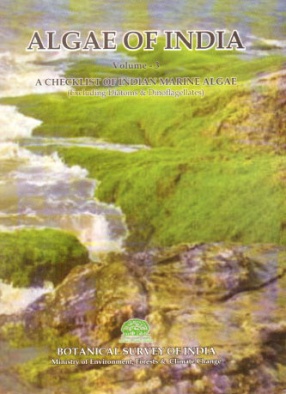

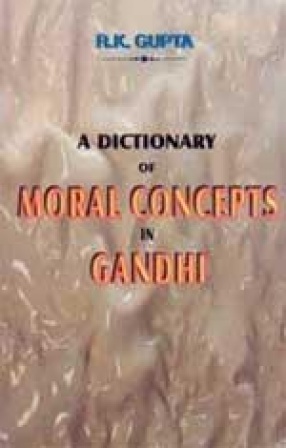
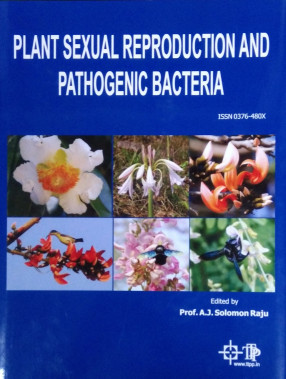
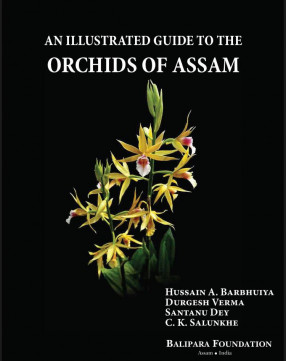
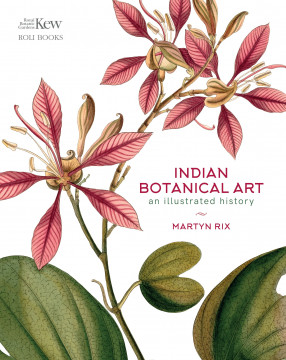
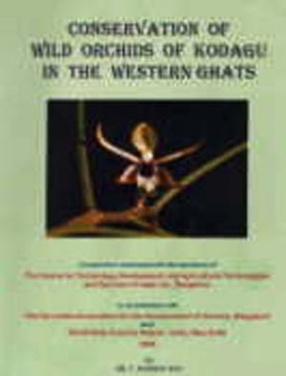

Bibliographic information
R.K. Gupta